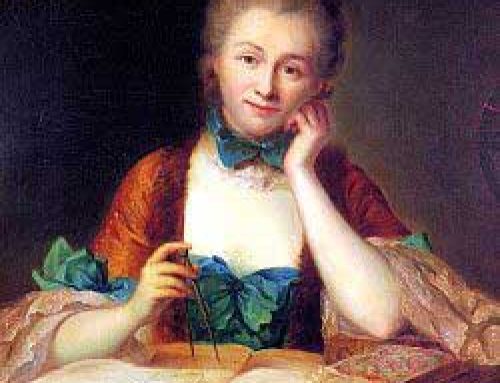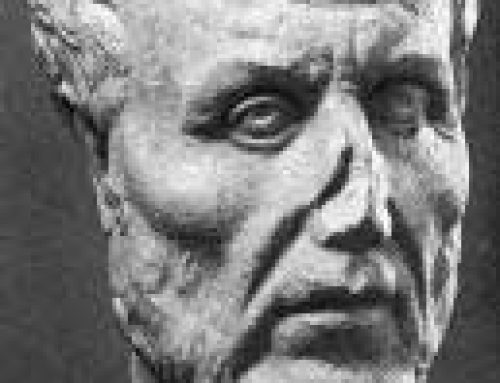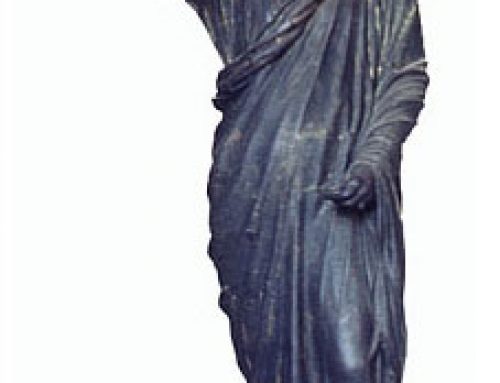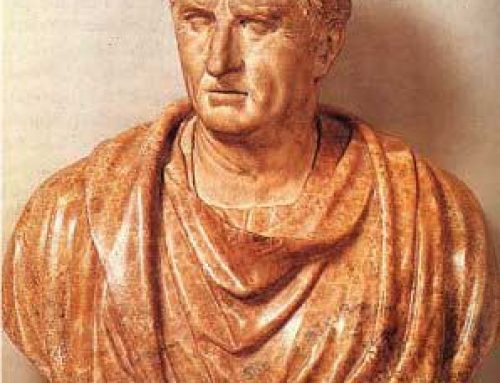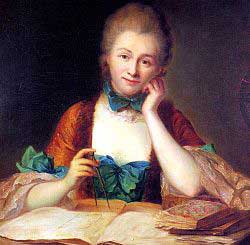
Emilie du Chatelet, a French philosopher in the 1700s
Did Emilie du Chatelet go to school?
Emilie du Chatelet’s rich father, who was interested in literature and science, hired tutors to homeschool her, instead of sending her to a convent school. She learned Latin, German, Greek, and Italian, as well as math and science. Some people in France were rich enough to live this way thanks to French colonialism and slavery in other parts of the world, like Haiti, Canada, and California.
France under Louis XIV
European women
All our Modern Europe articles
What happened when she grew up?
When du Chatelet was 18, she married an older and richer man. They soon had three children, though the youngest died when he was a baby. After the kids were born, in 1733, du Chatelet started working on math again. She learned algebra and calculus. Around this time, she also became the philosopher Voltaire‘s girlfriend.
What is algebra?
Enlightenment science
Who was Voltaire?
du Chatelet disagrees with Locke
Voltaire had just come back to France from England. In England, he had learned about Isaac Newton’s work in physics, and about Locke‘s work in philosophy. Like Astell a little earlier, du Chatelet criticized Locke’s ideas. Locke had said that scientists should start from their observations. But du Chatelet argued that scientists should work to understand underlying principles and laws, like Newton’s Laws of Motion, to get at the truth.
Who was Isaac Newton?
Who was Mary Astell?
What did John Locke say?
More European philosophy
du Chatelet and wasted resources
Also like Astell, du Chatelet pointed out that the reason women didn’t make scientific discoveries or write great plays was not that women were stupider than men. It was that they didn’t get to go to school. She suggested that the King of France, Louis XV, could make his country much richer by educating women instead of wasting their brains on flirting and clothes.
More about Louis XV
European economy in the 1700s
An experiment with light wavelengths
Du Chatelet proposed an experiment to show whether different colors of light carried more or less heat. She suggested using a glass prism to create a rainbow, and then placing thermometers to measure the heat of each color of light separately. This would have worked to show that longer wavelengths of light – like red – do warm things up more than shorter wavelengths – like blue. But du Chatelet never did her experiment.
Du Chatelet’s light project for you to do
Du Chatelet and Newton
A little later on, du Chatelet proved that the energy of a moving object is not proportional to its velocity, as Newton and Voltaire had thought, but to the square of its velocity.
More about momentum
Du Chatelet translated Newton’s work from Latin to French, and wrote a valuable commentary on it. She also wrote about what happiness was. She suggested that one path to happiness was through being famous. For women, who couldn’t fight in battle, she thought the best way to get famous was scientific discoveries.
Why did Emilie du Chatelet die young?
Then when du Chatelet was 42 years old, she had another baby with another boyfriend. It was very risky to have a baby at that age, and she died a week after the baby was born. A few months later, the baby died too.
Learn by doing – du Chatelet’s experiment with light
Bibliography and further reading about Emilie du Chatelet:
